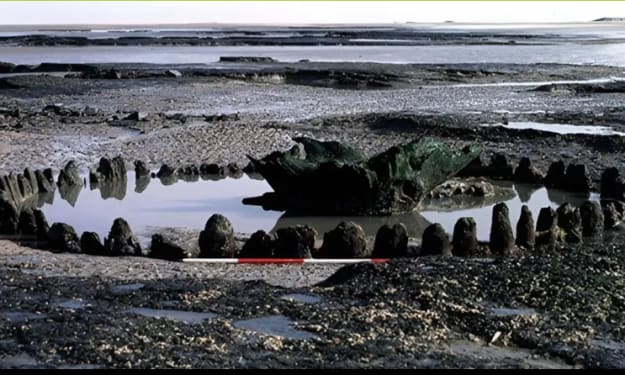Ellora cave temple
Cave 16, also known as the Kailasa Temple, is the most notorious among the Hindu grottoes and is considered one of the largest monolithic structures in the world. Sculpted entirely out of a single gemstone, the Kailasa Temple is devoted to Lord Shiva and features elaborate busts of divinities, mythological numbers, and elysian beings. Its construction involved the junking of roughly 200,000 tons of gemstone, making it a remarkable engineering phenomenon of its time. The Jain grottoes at Ellora, erected between the 9th and 11th centuries CE, are characterized by their austere architectural style and intricate detailing. Cave 32, known as the Indra Sabha, is the most notable among the Jain grottoes .

The Ellora Cave tabernacles, located in the Indian state of Maharashtra, are a UNESCO World Heritage Site famed for their architectural majesty, religious significance,
and literal significance. Sculpted into the Charanandri Hills, these grottoes represent a remarkable feat of ancient Indian artificer and spiritual devotion. Gauging a period of over five centuries, from the 6th to the 11th centuries CE, they showcase the elaboration of Indian gemstone- cut armature and encompass Hindu, Jain, and Buddhist religious motifs, reflecting the different artistic and religious geography of ancient India. The Ellora Cave tabernacles correspond of 34 grottoes , each with its unique architectural style, religious cooperation, and cultural expression.
These grottoes are divided into three groups grounded on their religious exposure Hindu, Jain, and Buddhist. The Hindu grottoes ( grottoes 13 to 29) dominate the southern end, the Jain grottoes ( grottoes 30 to 34) are positioned in the middle, and the Buddhist grottoes ( grottoes 1 to 12) are located at the northern end. The Buddhist grottoes , dating back to the 5th to 7th centuries CE, represent the foremost phase of construction at Ellora.
Cave 1, also known as the Great Chaitya, is the most iconic among the Buddhist grottoes . It features a large prayer hall with a stupa at its center, girdled by intricate puppets depicting scenes from the life of Buddha and colorful Bodhisattvas. The armature of the Buddhist grottoes reflects the influence of contemporary Gupta andpost-Gupta styles, characterized by intricately sculpted pillars, ornate facades, and elaborate puppets. The Hindu grottoes at Ellora, constructed between the 7th and 9th centuries CE, are famed for their architectural diversity and exquisite artificer.
Cave 16, also known as the Kailasa Temple, is the most notorious among the Hindu grottoes and is considered one of the largest monolithic structures in the world. Sculpted entirely out of a single gemstone, the Kailasa Temple is devoted to Lord Shiva and features elaborate busts of divinities, mythological numbers, and elysian beings. Its construction involved the junking of roughly 200,000 tons of gemstone, making it a remarkable engineering phenomenon of its time. The Jain grottoes at Ellora, erected between the 9th and 11th centuries CE, are characterized by their austere architectural style and intricate detailing. Cave 32, known as the Indra Sabha, is the most notable among the Jain grottoes .
It houses a monolithic form of Lord Indra, the king of the gods in Jain tradition, along with other Jain divinities and elysian beings. The Jain grottoes at Ellora showcase the religious vehemence and cultural excellence of the Jain community during the medieval period. The Ellora Cave tabernacles served as centers of religious deification, cultural expression, and artistic exchange during their florescence. They attracted pilgrims, scholars, and crafters from different corridor of India and beyond, contributing to the dispersion of religious training, architectural ways, and cultural styles. The grottoes also served as venues for religious rituals, carnivals, and performances, fostering a sense of collaborative harmony and spiritual enlightenment among addicts.
Over the centuries, the Ellora Cave tabernacles passed ages of decline, neglect, and detection. They were gradationally abandoned as centers of religious exertion with the decline of the separate religious traditions they represented. still, they remained significant archaeological spots, attracting the attention of social chroniclers, archaeologists, and scholars during the British social period in India. In the ultramodern period, sweats have been made to save, cover, and promote the Ellora Cave tabernacles as artistic heritage spots of global significance. moment, the Ellora Cave tabernacles continue to inspire admiration and admiration among callers from around the world. They stand as enduring evidence to the imagination, creativity, and spiritual devotion of ancient Indian civilization. As symbols of India's rich artistic heritage and religious diversity, they serve as monuments of the enduring heritage of mortal creativity and bid across the periods. Visiting the Ellora Cave tabernacles isn't just a trip through time but also a spiritual and artistic passage that offers perceptivity into the profound depths of India's history.





Comments
There are no comments for this story
Be the first to respond and start the conversation.